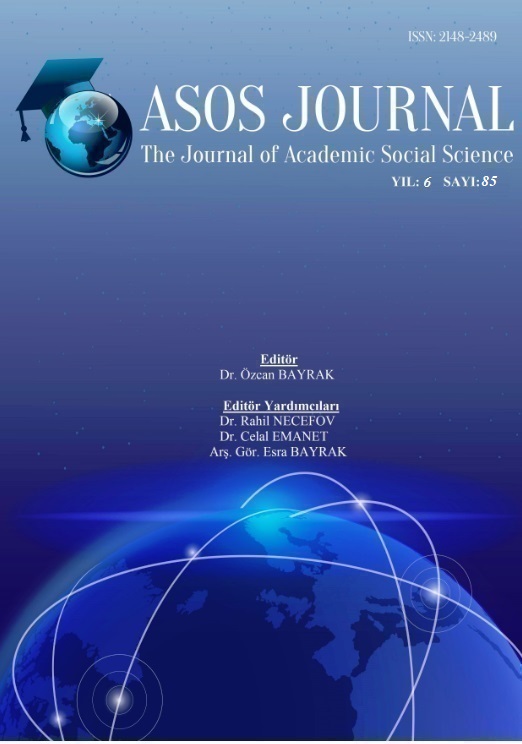ÖDENEKLİ TİYATROLARIN YILLAR İTİBARİYLE DOLULUK ORANLARI, SALON SAYILARI, SAHNELEDİKLERİ ESER/OYUN SEYİRCİ SAYISI VE NÜFUS ARASINDAKİ İLİŞKİ
Author :
Abstract
Halkı eğitmenin, bilgilendirmenin ve eğlendirmenin en önemli unsuru olarak görülen tiyatrolar bir ticari kuruluş olmanın ötesinde tıpkı medya gibi bilgilendirme, öğretme, aydınlatma ve kamuoyu oluşturma ve çoğu kez erklere karşı muhalefet yapma görevini üstlenmiştir. Türkiye’de ise tiyatronun varlığında ve gelişiminde ödenekli tiyatroların önemi ayrı bir yer tutmaktadır. Oyun sahnelemenin maliyetleri mevcut ya da potansiyel seyircilerden elde edilen gelirlerle karşılanamadığı zaman devreye Devlet Tiyatroları (DT) ve İstanbul Büyükşehir Belediyesi Şehir Tiyatroları (İBBŞT) gibi ödenekli tiyatrolar girmektedir. Halkın geneline hitap eden eserlerin sergilenmesi ve tüm salonların yüksek oranlarda doluluğa ulaşabilmesinin en önemli sebeplerinin başında bilet fiyatlarının ekonomik olması gelmektedir. Özel tiyatroların maliyet anlamında altından kalkamayacağı prodüksiyonların (örnek; klasikler) ödenekli kurumlarca ve maliyetinin çok altında bilet fiyatlarıyla sahnelendiği bilinmektedir. Amme hizmeti yapan bu kurumlar gerçekleşen kamu zararlarını devletten/belediyeden aldıkları ödenekle karşılamaktadırlar. Kaliteden taviz verilmeden eser sahnelemenin yolu ödenekli tiyatroların var olabilmesi sayesindedir. Bu araştırmadan amaç; ödenekli tiyatroların yıllar içinde sahneledikleri eser/oyun sayıları, doluluk oranları ve sahnelenen oyun sayısına orantılı olarak yine yıllar itibariyle ulaştığı seyirci sayısı ve nüfus artışı arasındaki bağlantıya ulaşabilmektir.
Keywords
Abstract
The theater, which is seen as the most important element of educating, informing and entertaining the people, has become a business organization and has the task of providing information, teaching, lighting and raising public opinion, and often opposition to the powers, just like the media. In Turkey, the importance of grant-in-aid theater in the presence and development of the theater holds a special place. When the drama stage costs are not met by the revenues from the existing or potential audience, the State Theaters (DT) and İstanbul Metropolitan Municipality Theathers (İBBŞT) are entered into the circuit, which are grant-in-aid theathers. One of the most important reasons for exhibiting the theater productions that appeal to the general public and for all the halls to reach high rates is, the economic price of the tickets. It is known that the productions (eg classics) that private theaters cannot cope with in terms of cost can be staged at the grant-in-aid theathers with ticket prices which are much lower than the cost. These grant-in-aid theathers who are public servers compensate their loss with the funding they get from the goverment/municapility. To stage the productions without compromising on quality is due to the existence of grant-in-aid theaters. The aim of this study is to reach the connection between the number of productions/drama staged by the grant-in-aid theaters over the years, the occupancy rates and the number of the staged productions and the number of audience with the increase in the population.





